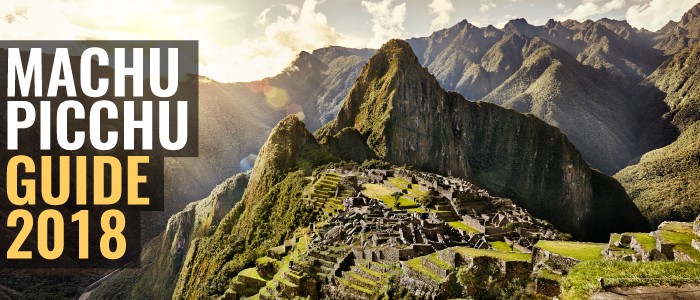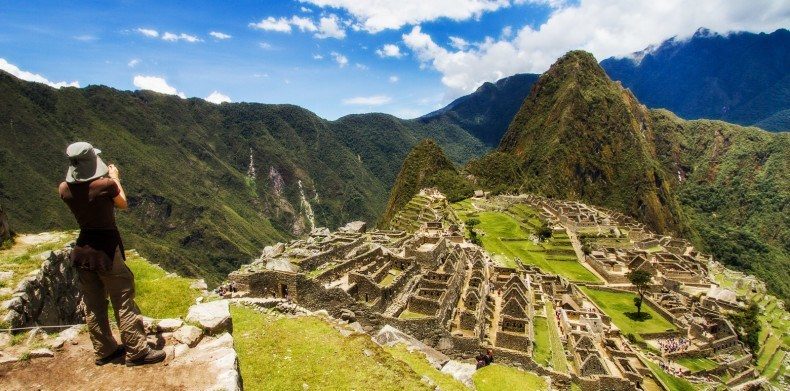
 Machu Picchu is the site of an ancient Inca city, high in the Andes of Peru. Located at 2430m, the site is often referred to as “The Lost City of the Incas”.
It’s one of the most famous and spectacular sets of ruins in the world. A UNESCO World Heritage Site since 1983, Machu Picchu receives over one million visitors per year and is one of the New 7 Wonders of the World.
Machu Picchu is the site of an ancient Inca city, high in the Andes of Peru. Located at 2430m, the site is often referred to as “The Lost City of the Incas”.
It’s one of the most famous and spectacular sets of ruins in the world. A UNESCO World Heritage Site since 1983, Machu Picchu receives over one million visitors per year and is one of the New 7 Wonders of the World.